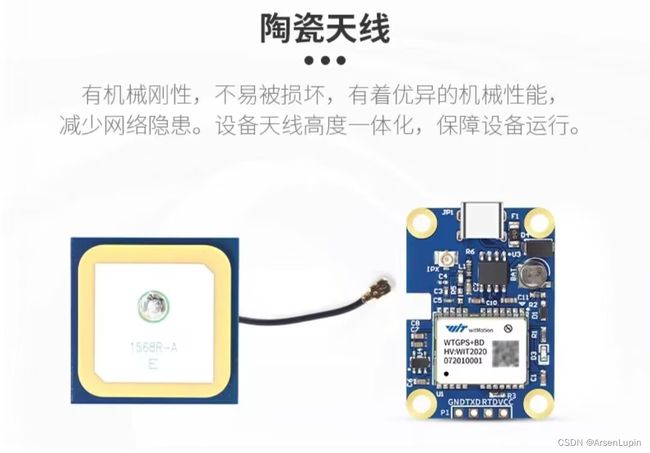Arduino模块学习笔记(一)—GPS模块的使用
Arduino模块学习笔记(一)——GSP模块的使用
文章目录
- Arduino模块学习笔记(一)——GSP模块的使用
-
- 所需组件
- 一、模块使用介绍
-
- 1.GPS模块(在室内时,一般获取不到位置信息)
- 2.接线
- 3.NMEA协议
- 二、示例演示
-
- 1.示例1:简单通讯,获取NMEA协议信息
- 2.示例2:导入TinyGPSPlus库,获取解码信息
- 3.示例3:获取指定解码信息
所需组件
- Arduino UNO开发板
- Arduino IDE环境
- 数据线
- NEO-6M GPS模块(+配套的陶瓷天线 可选)
一、模块使用介绍
1.GPS模块(在室内时,一般获取不到位置信息)
常见的GPS模块的参数都差不多,除了有些个别输出格式不同。
● 接口:RS232 TTL
● 电源:3.3V至5V均可(内置降压模块)
● 默认波特率:9600 bps(有些可能是4800)
● 支持标准的NMEA
本实验也是第一次使用,购买的是维特智能的ATK-NEO-6M GPS模块以及配套的陶瓷天线
2.接线
这里使用了Arduino自带的SoftwareSerial库,把引脚7,8定义为一组软串口来使用
| GPS模块 | Arduino UNO |
|---|---|
| RX | 8 |
| TX | 7 |
| VCC | 5V / 3.3V |
| GND | GND |
3.NMEA协议
需要了解可参考 GPS NMEA-0183标准详解(常用的精度以及经纬度坐标),非常详细
二、示例演示
1.示例1:简单通讯,获取NMEA协议信息
源码展示——示例1:
#include2.示例2:导入TinyGPSPlus库,获取解码信息
导入TinyGPSPlus库
使用TinyGPSPlus库的示例FullExample
接线保持不变,修改软串口定义和波特率
上传即得到如下效果(因为目前在室内,所以没有位置信息)
源码展示——示例2:
#include 3.示例3:获取指定解码信息
源码展示——示例3:
#include 








